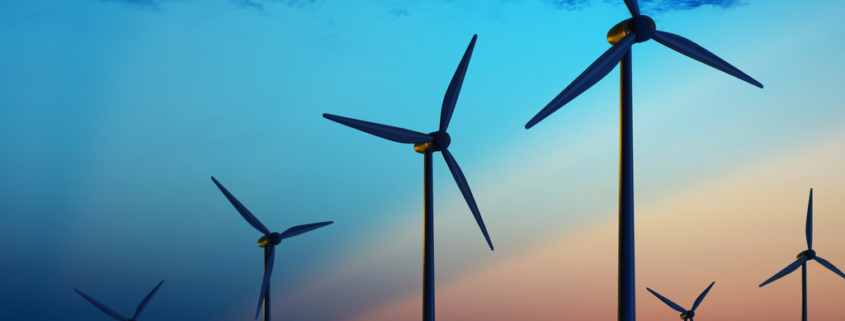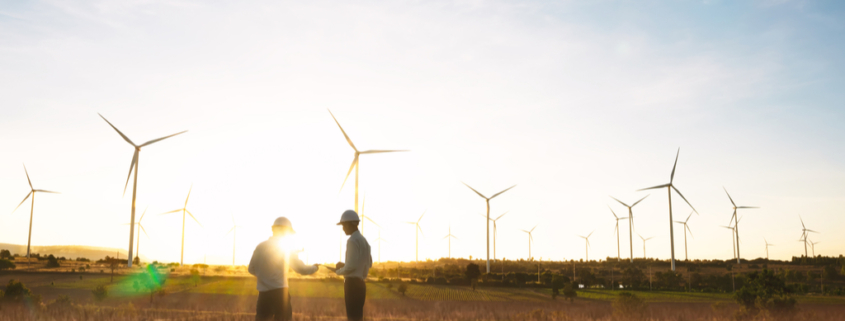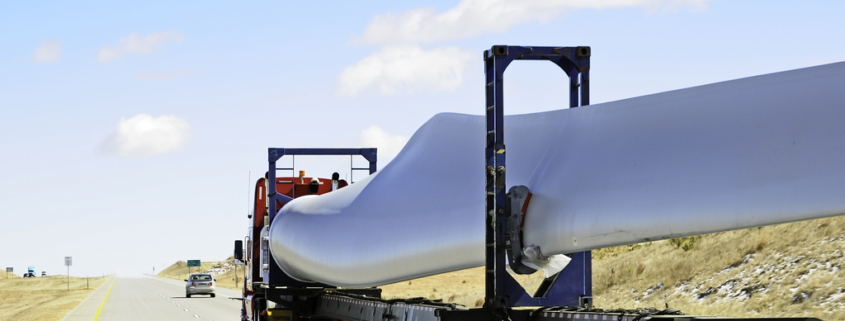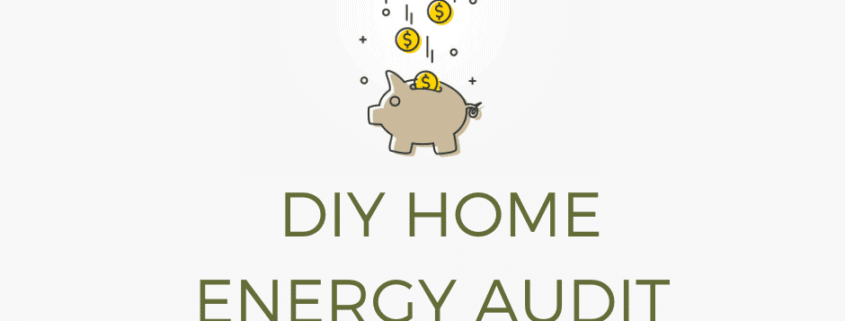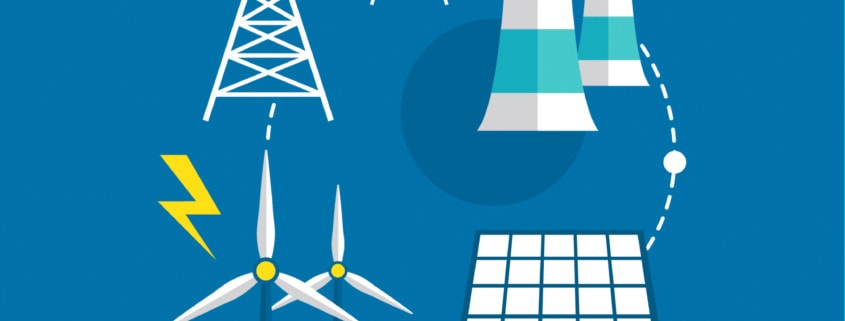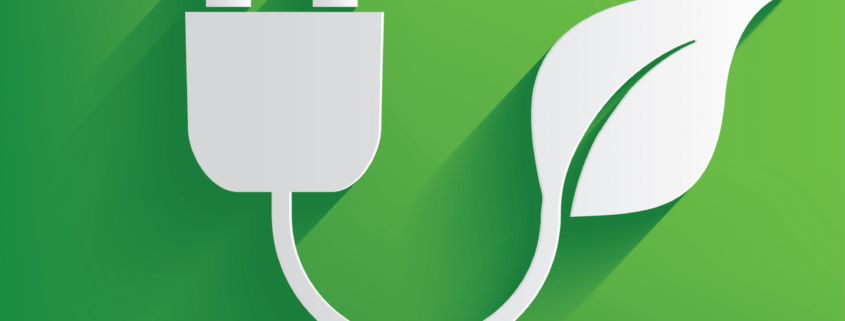Last Updated on February 10, 2023 by Mary Pressler
A Quick History of Windmills
In simple terms, a wind turbine can be described as a large electric fan operating in reverse. Just like a fan converts electricity into air movement, a wind turbine generates electric power when exposed to moving air at an adequate speed. When used in utility-scale installations, wind turbines and solar panels can now achieve the lowest generation costs in the world, even below coal power plants.
Humanity has been using mechanical windmills for hundreds of years, and there is evidence of basic wind engines in Ancient Greece. Historically, the main applications of windmills have included water pumping and grain milling.
- Traditional windmills were largely displaced by steam engines during the Industrial Revolution, and later by electric motors, but now they are making a comeback in the form of wind turbines.
- Fully mechanical windpumps are very popular in many parts of the world, especially in remote locations, since they are reliable and self-sufficient.
The first modern wind turbine was built in 1887 by James Blyth, a Scottish engineer. The technology quickly became popular, and there were many wind turbines generating electricity in North America, Europe and Australia by the 1930s. These were much smaller than the current megawatt-scale turbines, and they were used mostly in farms and other remote locations with no power grid coverage. Nowadays, there are giant wind turbines with a capacity of over 10 megawatts each (10,000 kW).
Why Are Modern Wind Turbines So Large?
As of December 2021, the largest wind turbine model is the Siemens Gamesa SG 14-222 DD, designed for offshore operation. The rotor has a diameter of 222 meters (728 feet), and it sweeps an area of 39,000 square meters (419,792 sq. ft.). One of these wind turbines can generate enough electricity for 18,000 homes, and there are plans to use 30 of them to fully power the city of Bilbao, Spain.
A 15 MW version called the SG 14-236 DD is currently being developed, with a 236m diameter (774 feet) and a 43,500m2 swept area (468,230 sq.ft.). The first of these units will be installed in 2022, and they will be commercially available in 2024.
There is a reason why manufacturers focus on making wind turbines as large as possible. While you could reach 3 MW of capacity using 30 turbines rated at 100 kW each, a single 3-MW unit is a better option from an economic standpoint.
- The wind is more turbulent close to the ground, due to the presence of natural and man-made obstacles, and more stable at higher altitudes. Taller turbines can reach better wind conditions, making them more productive.
- Wind turbines are also affected by economies of scale: Smaller units can cost you over $5,000 per kW, while large turbines can reach installed costs below $1,500 per kW. The total cost of a megawatt-scale wind turbine is much higher, but its cost per kilowatt is considerably lower.
In other words, a large number of smaller turbines has a higher cost and a lower productivity. By using a smaller number of large turbines, you can drastically reduce project costs while achieving a higher productivity. From a financial standpoint, this means two things: the project payback period is shortened, while the ROI becomes much higher.
Texas is currently the leading wind power state in the US. The nationwide installed capacity surpassed 129,000 MW according to the latest quarterly report from the American Clean Power Association, and 38,000 MW are found in the Lone Star state. The Roscoe Wind Farm is the largest in Texas, having a capacity of 781.5 MW and 627 individual wind turbines. The project was built in four phases, using turbines from different manufacturers:
- Phase 1 (Roscoe): 209x 1-MW Mitsubishi turbines
- Phase 2 (Champion): 55x 2.3-MW Siemens turbines
- Phase 3 (Pyron): 166x 1.5-MW GE turbines
- Phase 4 (Inadale): 197x 1-MW Mitsubishi turbines
With more than $1 billion invested and covering 100,000 acres, this wind farm is capable of powering more than 250,000 Texan households.

